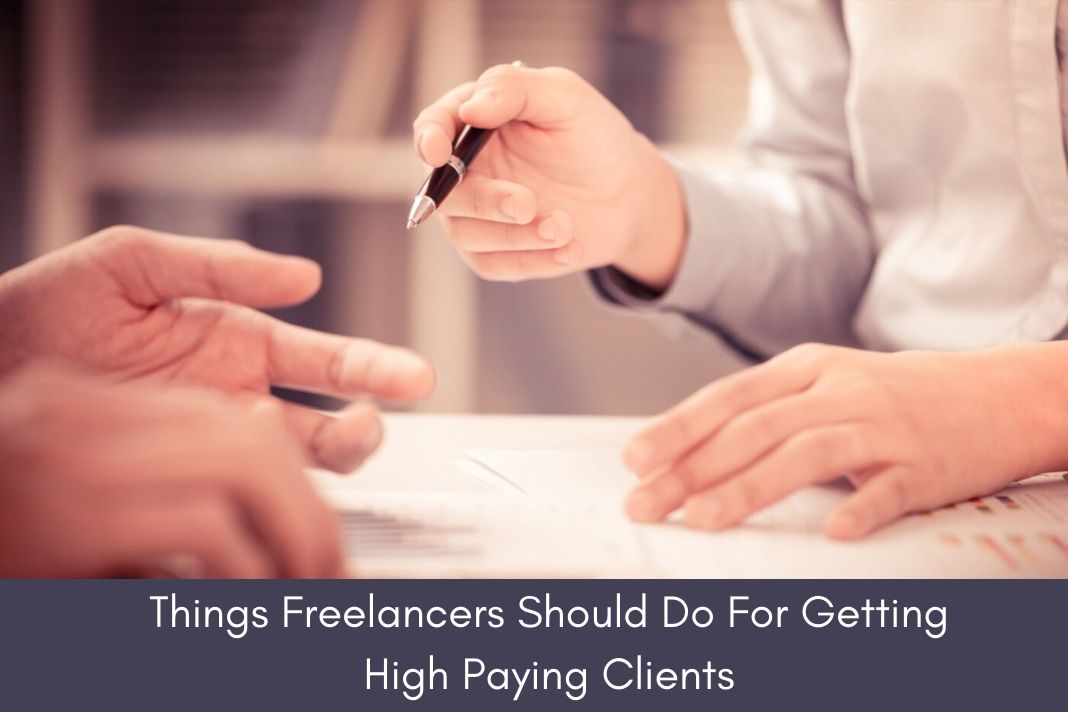
Freelancing has its ups and downs. Sometimes you’re spoilt for choices while other times you struggle to scrape together enough to earn money. Whether you manage to get new clients or establish repeat clients, the pattern is the same: run after the clients, negotiate contract extensions, find that balance between increasing your fees and retaining old clients, and chasing deadlines and payments.
When you’re a full-time employee, much of the admin work, such as end-to-end payment processes, delivery schedules, and follow-ups, are streamlined. You can focus on your deliverables with comfort and hone that creative side of yours.
This does not mean that freelance jobs aren’t worse off. You get to choose your work, select your timings, engage clients you’re comfortable working with, build on your niche, create a market for yourself, and establish yourself as a brand. The only kink in this silver lining is that you might not always have so many options. Sometimes you won’t have enough clients. Even when you do, they might not pay what your services are worth. This isn’t entirely the system’s fault. There is a good chance that the activities you do are underselling your worth.
So here are three things that you can do not only to improve the level of your clientele but also the payments you receive
Create a Portfolio
When you’re a creative freelancer, prospective employers need to be absolutely sure that the quality of services you provide meets their requirements.
One of the first things that any potential client asks you is your portfolio. Sometimes, even before they approach you, they’ll check your portfolio to gauge the quality of your work. That’s why you need to build a comprehensive digital presence for all the work you’ve done. When you choose your best pieces, you show the zenith of your abilities.
However, there’s a catch here. When we say ‘digital presence,’ we don’t mean a social media presence. We’ll tackle that presently, but for now, it means using platforms that cater to the niche that you freelance in.
Today you can freelance in several industries. And with several websites popping up with a USP of providing quality freelancers, you need to stand out from the crowd. Freelance photographers and bloggers come a dime a dozen. Sometimes organizations settle with freelancers just because they are impressed with the portfolio.
If you’re a freelance photographer, your work should highlight the themes or the messages you wanted to convey through those photos. Building a website is an excellent way to show clients that you’re not only serious about your work, but you’ve established a standard of quality that you stubbornly stick to.
Having a website becomes particularly important if you’re an illustrator. There are so many websites that offer aesthetically pleasing websites with an interface that guarantees to highlight your best work. Some of them are
- Weebly for getting a website built at the cheapest price
- Wix for getting a website that’s remarkably easy to use
- SmugMug for a website with the best photo security
- Squarespace for the best overall photography website building experience
Creating a website is useful for any job that requires you to highlight your ability to use online tools. So if you’re a freelance graphic designer, this is the best way to market yourself.
If you’re a writer, having a published blog is a good way for employers to understand the quality and the relevance of the content you create. As a freelance writer, your role is not restricted to creating content. You must optimize it for SEO and give it the right keywords to match the user intent while maintaining the quality of the article. Creating and managing a WordPress website is a good indicator that you’re a serious blogger.
Active Social Media Presence
There are no two ways about this. You need to market yourself where your audience spends the most time. In this case, it is social media. Creating a separate social media account for your professional life is a good idea so that you don’t indulge in any activity that compromises your professional credibility.
While it is good to have an engaging presence on all media platforms, your focus should be on those applications that most suit the line of work you’re in. Content relevance and ease of access are two indicators that drive your engagement, and therefore, your business
If you’re a photographer, it doesn’t make sense to campaign actively on Twitter. Your time is better spent on Instagram and Pinterest. If you’re an illustrator, you should focus on platforms that offer freelancers a chance to showcase their work. Snapchat is fast emerging as a great platform for all artists.
If you’re a writer, there are several platforms like Blogger, where you can establish yourself as a quality content creator. WordPress offers several free services that you can use if you’re just starting out. Twitter is a great way to engage your clients through hashtags and concise script due to the limitation on the number of characters. Facebook, on the other hand, is text-intensive, which means you get a chance not only to showcase your talent but to market yourself.
Whatever niche you’re freelancing in, you need to trumpet your skills. While quality plays an important role, nothing beats consistency. The flow of your content should be predictable enough that your audience will come back for more.
When we talk of consistency, we also speak of the need to maintain consistency in the quality of your content. You can’t have one piece that leaves the audience starstruck and another that makes them wonder what they ever saw in you. But, there’s no hard and fast rule regarding the frequency. See what suits you and stick to that schedule
In the rush to garner attention and gain followers, you shouldn’t lose sight of why you entered this field. Don’t give in to the pressures of pop culture, peer pressure, or someone else’s aggressive marketing strategies. This is your chance to show who you are, and you know how to do it the best.
Build Relationships
Earning what you’re worth is not an easy task. It is not something that you can accomplish as soon as you start your work. Convincing your clients to choose you for their requirements, especially when there is no dearth of freelancers offering similar services, takes great networking and building a relationship. While your portfolio attracts customers and helps you network, retaining them requires people skills.
The road to becoming indispensable to your clients is long and winded, but the destination is highly rewarding. One way to start this journey is to reach out to customers who deal with the specific niche you’ve created your portfolio in. This shows that you’ve done your research and you know what your market is. It also indicates that you have enough people skills to develop mutually beneficial relationships.
One thing that most freelancers realize into their careers is that high-paying clients come through referrals only. You don’t have to wait for summits and mixers to toot your horn. You can always talk to your friends, family, acquaintances, and other associates. You never know where you’ll get your next gig from.
Lastly, sustainable engagement comes from a quality relationship. Such a relationship can also be used to increase your market reach. Make it a point to ask for referrals from your clients. Post a successfully finished project and update your skills on your portfolio. Feature the clients you’ve worked with and the nature of your project. Referrals and an updated portfolio is a great way to ensure you don’t run out of work
Conclusion
Many writers write many tips and create many guides to help you get the clients that you deserve. In the end, any suggestion you take because it has worked for someone else is projecting a façade. In creative industries, facades can’t last. You must find your voice, your niche, and your style. And when you do, you’ll be able to figure out what’s best for you.




